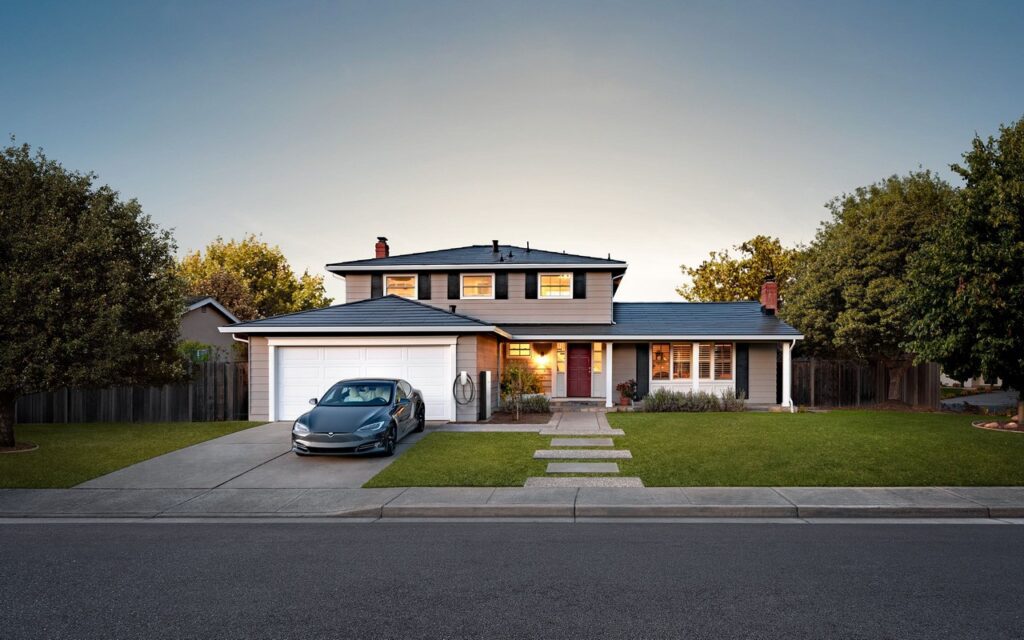Photovoltaic inverter selection and installation knowledge
How to choose a photovoltaic inverter?
Generally, outdoor-type photovoltaic inverters with natural cooling and high protection level of the casing (usually IP65) are selected, requiring minimal environmental modification for installation and lower cost. At the same time, since the inverter is installed outdoors, the noise generated by the inverter operation on the user will be greatly reduced, but good equipment protection is required.
Generally, the corresponding power range of the inverter is configured according to the system requirements, and the selected inverter power should match the maximum power of the photovoltaic cell array. The rated output power of the photovoltaic inverter is generally selected to be close to the total input power (usually controlled within 1.3), which can save costs.
On the other hand, the selection of inverter capacity can be optimized according to the installation conditions. For example, if the installation site is not clear at the design stage and the installation site should be selected as small as possible, multiple independent power tracking can be achieved by selecting micro-inverters when necessary, and the maximum power tracking of smaller units can be achieved, thereby ensuring later series-parallel mismatch caused by insufficiently large or irregular installation sites, etc.
What issues should be noted in the installation of photovoltaic system inverters?
As the core component of the photovoltaic system, the inverter directly affects the system’s power generation. The following points should be noted:
(1) Due to the change of the inverter impedance characteristic caused by the connection between the inverter and the grid, the inverter’s own resonance is prone to occur, especially when multiple inverters are connected in parallel;
(2) After the inverter is installed, it must be rechecked by a specialist and marked and recorded;
(3) The connection between the inverter ventilation duct and the external duct should use a soft connection to prevent mechanical vibration from causing mechanical noise;
(4) When the inverter noise increases or has an odor, attention should be paid to checking the internal faults of the inverter and identifying the causes for appropriate treatment;
(5) When installing and debugging, pay attention to checking the leakage, grounding, and phase sequence of the inverter;
(6) At least 2 people should be present during inverter debugging, and the safety protection of the operators should be noted.

April 21, 2023 in Uncategorized
